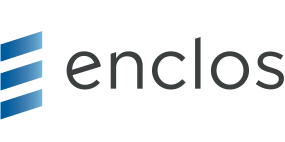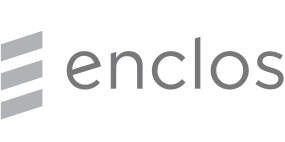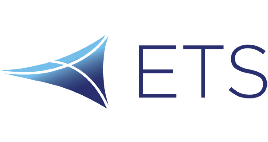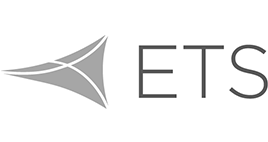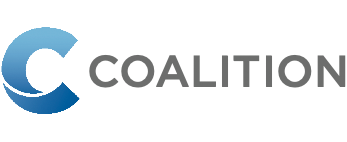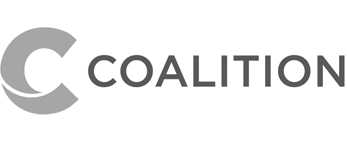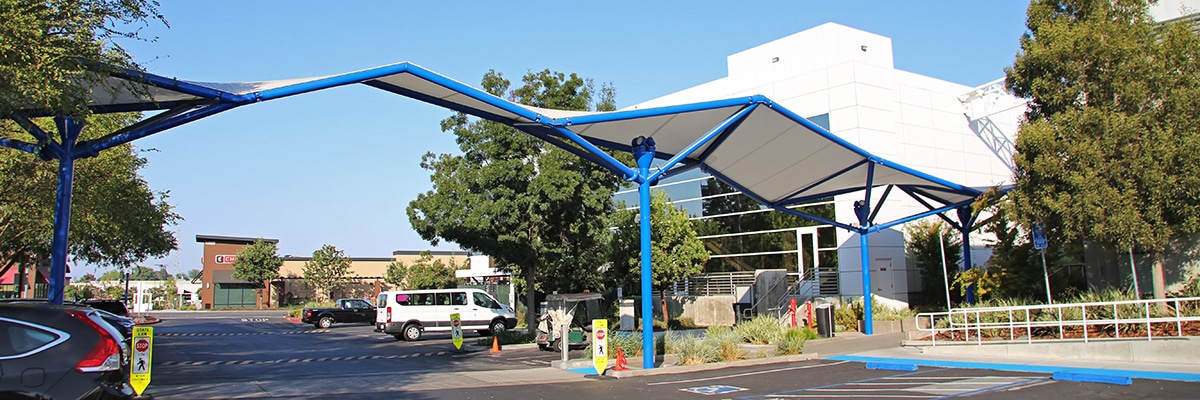
Fabric structures present architects with several key advantages over metal roof structures when designing a canopy, awning, pavilion, or covered walkway or entryway. A lightweight fabric structure is a perfect solution for providing shade and weather protection to a public area due to its energy efficiency from daylighting, luminous properties, reduced construction costs, and improved aesthetic appearance.
A significant advantage of a fabric structure over a metal structure is the fabric structure’s energy efficiency due to daylighting. A metal roof structure allows no natural light under the structure, creating a darkened space under the structure and may require electric lighting during the daytime. A fabric structure, however, allows natural sunlight to illuminate the area under the structure. Depending on the material type and thickness, a fabric structure can allow anywhere from 10% to 98% of natural light to pass through the membrane.
The Festival of Arts at Laguna Beach, California, is a perfect example of a situation where a fabric structure was more advantageous than a metal structure. A series of PTFE canopies cover several individual art galleries at the Festival of Arts. Under a metal roof, the festival would have to install lights to provide the proper lighting for visitors to view the art. By employing a fabric canopy, diffused light naturally flows to the space covered, providing shade to the viewers beneath while allowing sufficient light to view the art, saving energy on lighting while protecting the art, vendors, and visitors from the weather.
When lit at night, a fabric structure illuminates, providing a safe and evenly lit space. Fabrics such as PTFE and ETFE can be lit using any color LED lights to create a picturesque architectural landmark for a park, campus, or downtown area. Whereas a metal structure would simply absorb the light, a fabric structure allows the LED light to both shine through and reflect the light, allowing owners to both project color and image onto the structure, as well as illuminating the area beneath and around the structure.
Another advantage of a fabric structure versus a similarly designed metal roof structure is how cost-effective a lightweight structure can be. A lightweight fabric structure designed to cover an area will require significantly less structure and, hence, cost the same structure designed completely utilizing metal. The lighter structure will require less structural support and reduce the foundation requirements than a comparable conventional metal roof or concrete covered structure. The fabric structure’s optimized mass reduces foundation sizing, which translates into cost savings for the client.
A fabric structure’s primary purpose is to provide shade and rain protection from the elements. The waterproof fabric membrane will not leak. Nor will it rust over time, leading to staining of the concrete below. These structures will carry up to a 15-year-warranty on the fabrics, providing a long life cycle. Finally, a fabric structure offers numerous curvilinear-shaped options making the canopy an aesthetic feature of the property, enhancing its value and notoriety. In contrast, a standard metal roofing structure carries an industrial and less pleasant appearance.
